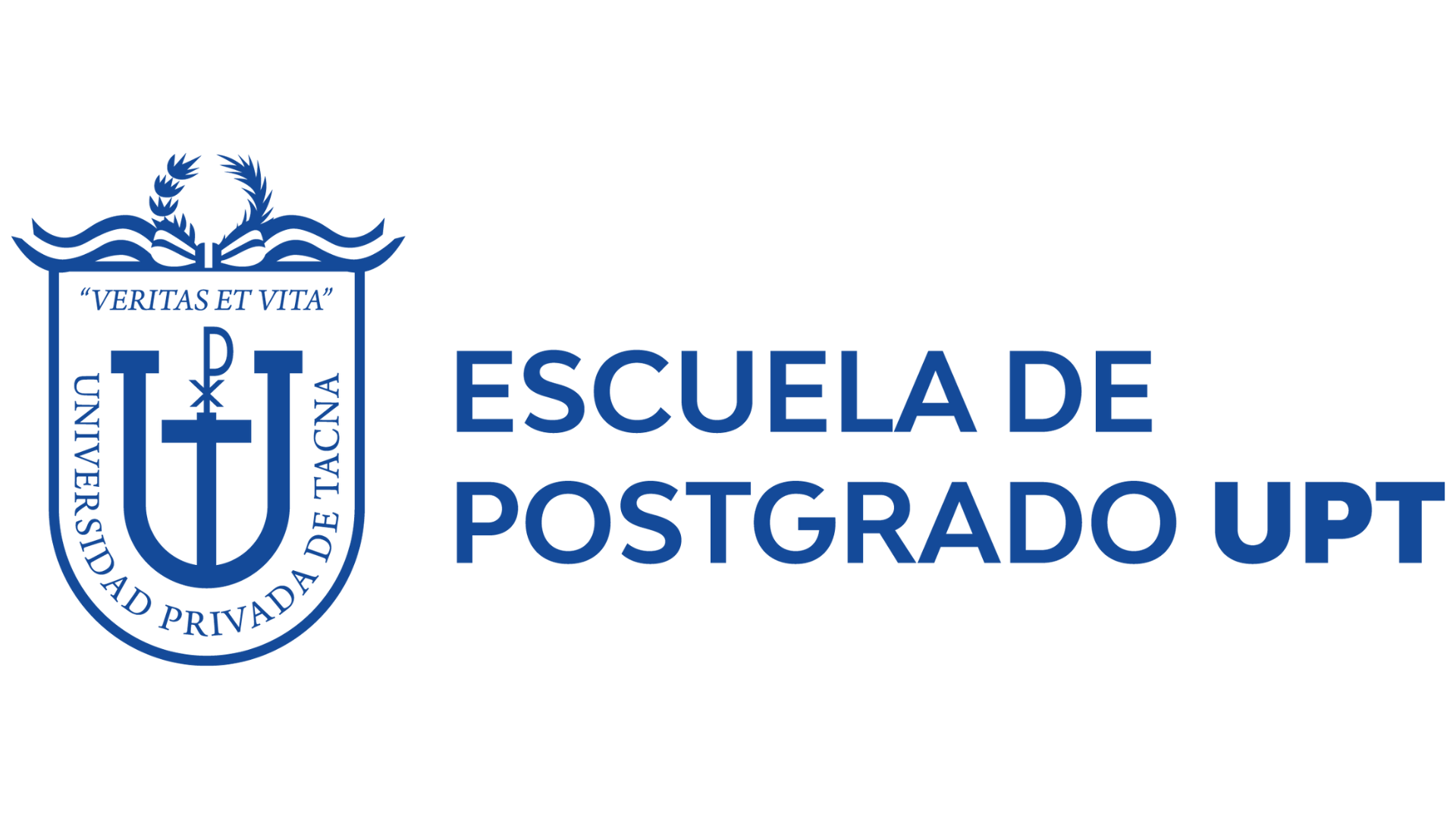Identification and analysis of muscle-skeletal symptoms of disergonomic origin in the nursing staff of Hipólito Unanue de Tacna Hospital - 2016
DOI:
https://doi.org/10.47796/ves.v7i1.16Keywords:
Disergonomic Risk, Musculoskeletal Symptom, NursingAbstract
This field research in the area of Occupational Health aimed to identify and analyze musculoskeletal symptoms of dysergonomic origin, in the Nursing Staff of Hipolito Unanue Hospital during 2016. Descriptive, cross-sectional, quantitative study. 342 workers of the Nursing Department were identified (43.86% of professional staff and 56.14% nursing technicians) to whom the Kuorinka Nordic Questionnaire (N ° 2) was applied through an interview at their workplace. Regarding the perception of pain intensity (scale from 1 to 5), the symptoms in Neck, Elbow or Forearm and Dorsal or Lumbar Zone are evaluated mainly with an intensity 3, while symptoms in elbow-forearm and Wrist or Hand with an intensity 5. According to the distribution according to the duration of the discomfort and per body area; 47% reported that the symptoms lasted from 1 to 7 days, where the discomfort was permanent in the dorsal / lumbar area 18.4%, 15% in shoulder, and between 11% and 12% in neck, elbow, hand and / or doll. When these symptoms occurred, 58% did not need any medical rest day, about 35% required 1 to 7 days, 4.8% from 1 to 4 weeks and 1.5% more than a month. The workers of the services of: External Offices and Hospitalization, present muscular-skeletal affections in the Dorsal or Lumbar area, 58.02% and 47.57% respectively, in the Shoulder 35.00% and 27.67%; in the Neck 35.80% and 16.99%; in the Wrist or Hand 25.93% and 20.87, respectively. In Critical Care the symptoms reported are in the Dorsal and Lumbar Zone 50.00% and in the Neck 32.61%. Finally, in the Service of Central Sterilization, the discomfort occurs mainly in the Dorsal or Lumbar Area 66.67% and in the Neck 33.33%. The main factors of disergonomic risk are: Movement or forced dynamic postures 58.94%, Static Static Postures 38.14%.













